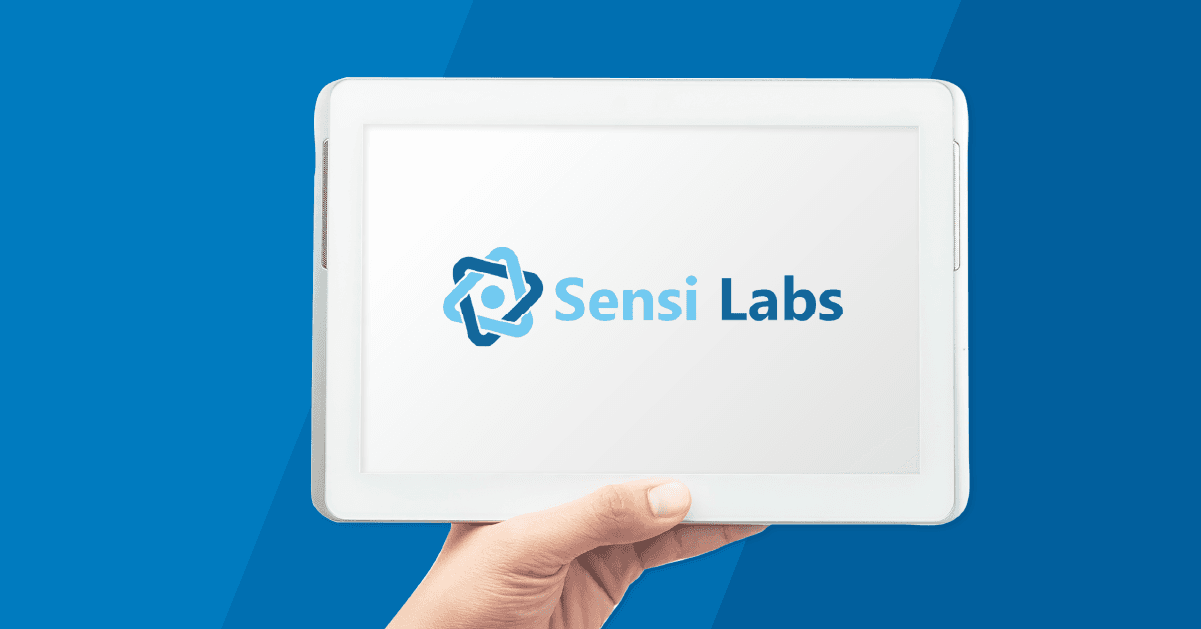Have you ever wondered how software applications integrate different components to provide smooth user experiences? How do developers ensure that individual models work together seamlessly and without issues? The answer lies in the world of integration testing.
Integration testing involves combining different software components and testing their interactions as a unified system. It is a crucial step that contributes to the overall quality of an application.
A software system consists of various modules, each developed independently to fulfill specific functions. However, when these modules come together, it is necessary to ensure that they communicate smoothly, exchange data and perform specific tasks without any conflicts. Integration tests play a crucial role in identifying potential flaws, inconsistencies, and bottlenecks that may arise during the integration process. By simulating real-world scenario and testing the collaboration between different modules, they allow early detection of issues by developers. This early detection enables the to address any misunderstandings, interface mismatches, or data transfer problems, ensuring smooth operation to the entire system. Ultimately, integration testing helps deliver robust, reliable, and high-quality applications that meet user expectations.
Integration testing as a software quality guarantee
Integration testing is a pivotal component of the software quality assurance process. It enables organizations to preemptively detect and address issues and defects related to the integration of various software components. These issues could potentially compromise the system’s performance, functionality, or stability. Integration testing serves as a robust groundwork for subsequent testing phases, including system testing and user acceptance testing. By tackling integration problems early in the development process, organizations can mitigate the risk of critical failures in real-world usage and enhance the overall software quality.
Selecting the appropriate approach to integration testing is of paramount importance, and it should take into account factors such as the system’s complexity, available resources, and the desired scope of testing. Various approaches, such as top-down, bottom-up, sandwich/hybrid, or big bang, each come with their unique advantages, challenges, and considerations. The choice of strategy empowers organizations to optimize the efficiency of their testing endeavors, ensuring comprehensive coverage of integration points, mitigating risks associated with component interactions, and facilitating the seamless integration of software modules.
Types of Integration Testing
Top-Down Integration Testing
Top-down integration testing commences by evaluating the overarching system components and subsequently incorporates additional modules in a gradual manner. This approach initiates testing with the most fundamental and pivotal modules, subsequently incorporating additional modules to assess their interactions and integration.
Advantages:
- Enables early detection of architectural and interface problems.
- Helps identify early errors in key modules.
- Ability to test functionalities that are most important to users.
Use cases:
- Large projects with a clear module hierarchy.
- Systems where the most critical functionalities are implemented in the upper layers.
Challenges:
- May require simulating missing modules using stubs or mocks.
- Risk of overlooking issues occurring at lower levels of integration.
Bottom-Up Integration Testing
In bottom-up integration testing, we commence our testing journey at the foundational level of individual modules. As we progress, we incrementally piece together these modules to construct the entire system, continuously confirming the accuracy of each module and their seamless integration along the way.
Advantages:
- Allows early detection of errors in the lowest layers of the system.
- Enables testing functionalities and logic of modules independently of the rest of the system.
- More resilient to interface problems between modules.
Use cases:
- Projects where modules are independent and have well-defined interfaces.
- Systems where the majority of functionalities focus on lower levels.
Challenges:
- Requires creating dummy or fake modules that do not yet exist.
- Risk of overlooking issues occurring at higher levels of integration.
Sandwich/Hybrid Integration Testing
Sandwich or hybrid integration testing represents a fusion of the top-down and bottom-up approaches. This method involves integrating modules in a bidirectional manner, starting from both the top and bottom and meeting in the middle like a sandwich. By adopting this approach, it becomes possible to concurrently test different integration levels, facilitating the detection of issues across various system tiers.
Advantages:
- Enables flexible testing of different levels of integration.
- Helps identify problems at both the highest and lowest levels of the system.
- Can shorten testing time compared to pure top-down or bottom-up approaches.
Use cases:
- Projects with a complex module hierarchy.
- Systems where different levels of integration have varying significance and complexity.
Challenges:
- Requires additional effort in coordinating tests and interactions between different levels of integration.
- Can be more complex to implement and manage than single top-down or bottom-up approaches.
Big Bang Integration Testing
Big Bang integration testing is a method where all system modules are combined and subjected to comprehensive testing as a unified whole. This approach operates on the assumption that all individual modules are operating correctly and are prepared for integration.
Advantages:
- Fast and efficient testing of the entire system in a short period.
- Suitable for simple systems with a few modules.
- Can be used when individual modules are well-tested and have minimal dependencies on each other.
Use cases:
- Simple projects with a small scale.
- Systems where modules are well-tested and independent.
Challenges:
- Risk of encountering multiple integration issues simultaneously.
- Difficulties in identifying specific problems and responsible modules.
Benefits of Integration Testing
- Early defect detection: Integration testing spots communication errors and integration issues promptly, preventing them from deepening and impacting the system’s overall performance, thereby enhancing software quality.
- Validation of component interactions: It checks if communication and data exchange align with expectations, identifying inconsistencies and conflicts that can disrupt the system’s functionality and resolving them swiftly.
- Improved system reliability: Integration tests pinpoint potential bottlenecks that could cause system failure, ensuring these issues are addressed before deployment, leading to better user experiences and software trust.
- Enhanced confidence in software: Thorough integration testing results in robust, reliable, and high-quality applications, fostering user confidence, positive feedback, and market success.
Best Practices for Effective Integration Testing
- Integration testing strategy: Define test scope, select approaches, and set priorities for clear objectives and component coverage.
- Testing environment setup: Ensure hardware, software, and data availability for reliable results in real-life scenarios.
- Collaboration with development teams: Effective communication and coordination for seamless integration and issue resolution.
- Automation of integration testing: Streamline testing, save time and resources, and eliminate errors for large and complex systems.
Conclusion
In brief, integration testing is vital for ensuring software components harmonize as intended. Embrace best practices like clear strategy, suitable test environment, teamwork with developers, and automation for optimal results. Euvic excels in integration testing, offering expert assistance in test planning and execution for dependable, high-quality software.










